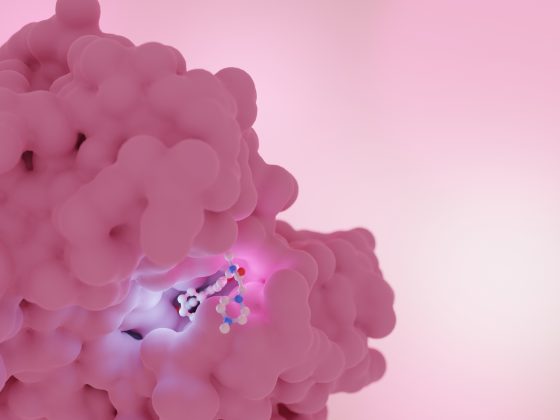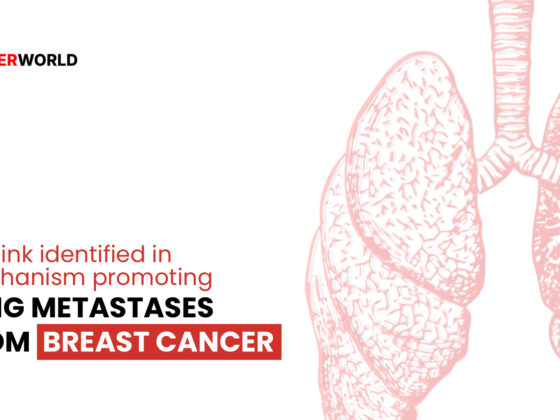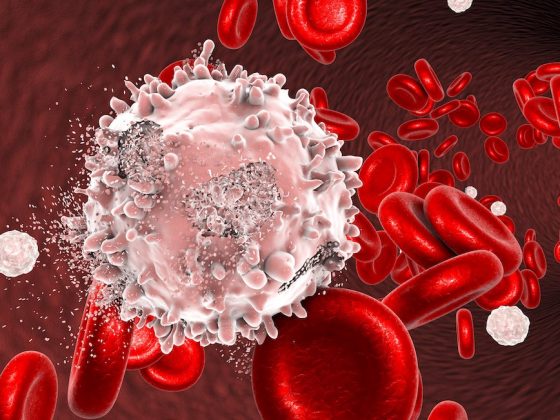The 2024 Nobel Prize in Physiology or Medicine, announced on Monday 7 October, has been awarded jointly to Victor Ambros and Gary Ruvkun for discovering microRNAs and their role in post-transcriptional gene regulation. The work by Ambros, now at the University of Massachusetts Medical School, and Ruvkun, now at Harvard Medical School, helps explain how cells specialise and develop into different types, such as muscle and nerve cells, despite all cells containing the same set of genes.
“The seminal discovery of microRNA has introduced a new and unexpected mechanism for gene regulation,” says Olle Kämpe, vice-chair of the Nobel Committee for Physiology or Medicine. “MicroRNAs are important for our understanding of embryological development, normal cell physiology, and diseases such as cancer.”
In the late 1980s, Ambros and Ruvkun, both former postdoctoral fellows in the laboratory of Robert Horvitz at the Massachusetts Institute of Technology (MIT), (who was awarded the 2002 Nobel Prize for his work on the genetic regulation of organ development and programmed cell death), studied the nematode Caenorhabditis elegans. Despite being just 1 mm long, C. elegans has many specialised cell types found in larger, more complex animals, making it a valuable model for investigating how tissues develop and mature in multicellular organisms.
Ambros and Ruvkun studied C. elegans mutants with defects in developmental timing due to mutations in the lin-4 and lin-14 genes. Ambros cloned lin-4 and found it encoded a 22-nucleotide noncoding RNA, not a protein. Together, they discovered that lin-4 microRNA silences lin-14 by binding to complementary sites on its mRNA, blocking lin-14 protein production. This revealed a novel gene regulation mechanism via microRNAs. Their findings, published in Cell in 1993, initially attracted little attention.
However, perception shifted in 2000 when Ruvkun’s team identified let-7, a conserved microRNA found across species, suggesting a universal role in gene regulation. This discovery initiated widespread interest, leading to the identification of hundreds of microRNAs. Today, over a thousand microRNA genes are known in humans, with microRNA regulation being fundamental across multicellular organisms.
“This sparked intense cloning and sequencing efforts to identify microRNAs across the animal kingdom. Which led to the finding that microRNAs encompass a large group of regulators that control vast networks of protein-coding genes,” writes Rickard Sandberg, in the Scientific Background report for 2024, produced by the Nobel Assembly. “The discovery by Ambros and Ruvkun was completely unexpected and unveiled an evolutionarily conserved post-transcriptional regulatory mechanism mediated by microRNAs with critical roles in animal development and for adult tissue function.”
George A. Calin, who pioneered research into the role of microRNA in cancer, and is currently based at the University of Texas MD Anderson Cancer Center, notes that microRNA alterations are present in all cancers studied so far. “These can be mutated, translocated, or hypermethylated,” he told Cancerworld, highlighting the crucial role microRNAs play in cancer development and progression.
Take the example of chronic lymphocytic leukaemia (CLL), he says, where in 2002 miR-15 and miR-16 were found to be deleted in most patients, thereby increasing expression of the oncogenic BCL2 and MCL1 genes. “A drug named venetoclax was developed to target the overexpressed BCL2 in CLL patients and this was very successful in achieving curability as it targets the major pathogenic mechanism in CLL that is microRNAs driven,” says Calin.
At MD Anderson, Calin’s lab primarily focuses on developing microRNA biomarkers and targeting oncogenic microRNAs for therapeutic applications. Antisense small RNAs and small molecules are employed to inhibit these oncogenic microRNAs. Additionally, substantial efforts are dedicated to studying long non-coding RNAs (lncRNAs), which are closely associated with cancer pathogenesis. Research indicates that lncRNAs play critical roles in gene regulation and are implicated in various cancers, underscoring their significance alongside microRNAs in understanding cancer biology.
An error in the original version of this article has been corrected to reflect the fact that, in chronic lymphocytic leukaemia, deletion of miR-15/16 increases expression of oncogenic BCL2 and MCL1 genes. The original version incorrectly stated that the deletions resulted in the diminution of the oncogenic gene expression.












